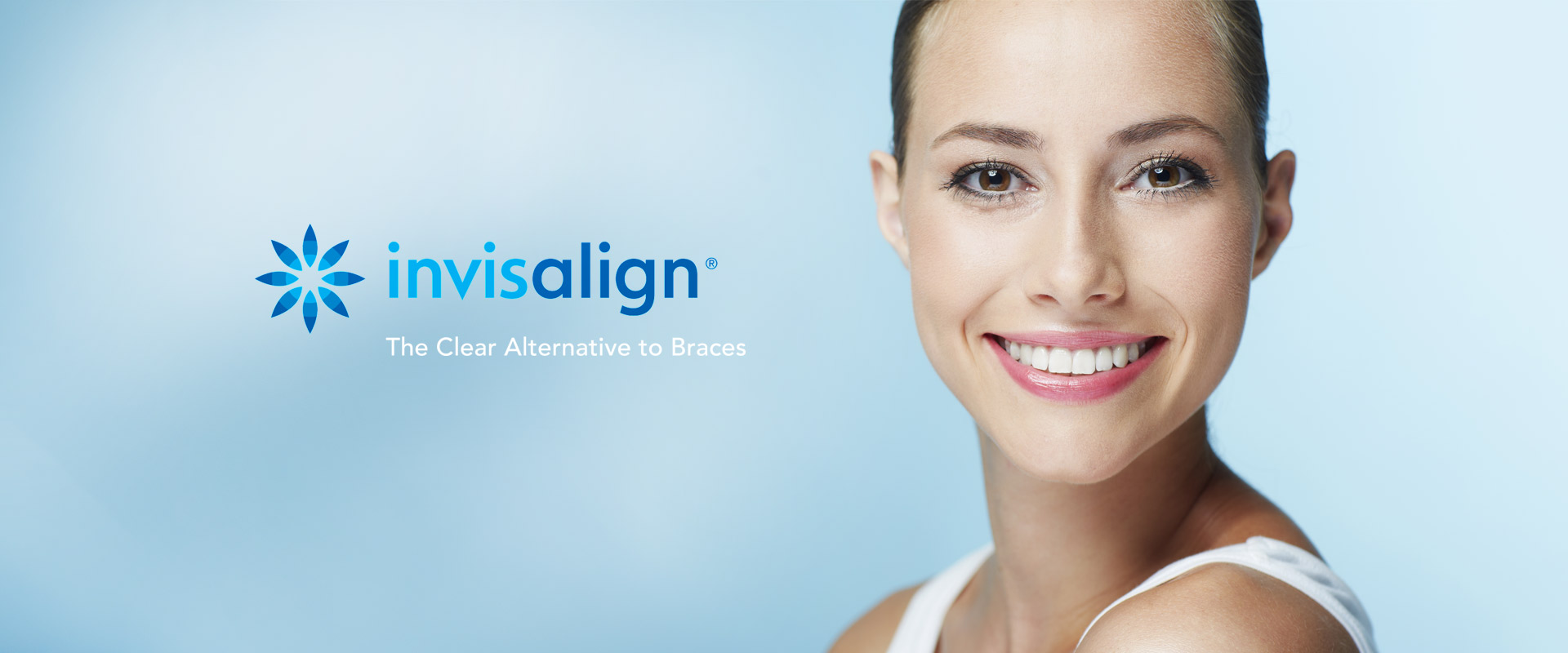Everything you need to know about clear aligners
Align Technology, Inc.
Thanks to the successful marketing and branding by Align Technologies, most consumers know clear aligners by the name Invisalign®. There have been other clear aligner products introduced to the market including Clear Correct®, Simpli5®, Red, White, and Blue (RWB®), among others, however, Invisalign accounts for the lion’s share of those products.
Mass customization
Align Technologies has been around for over 15 years and they have perfected the ability to do mass customization. By March 2015, they had created unique aligner systems for over 3 million different patients. Since Invisalign’s origin, the technology to move teeth with plastic has improved dramatically. It’s important for consumers, that is, patients, to understand the role that Invisalign or clear aligners can play in orthodontic treatment.
Getting started
Following a set of photos, x-rays, and impressions, Align Technologies utilizes this information to create a digital rendering of the teeth. With this 3D virtual setup, the orthodontist uses his/her understanding of biology of tooth movement to help revise the plans. For example, I might slow the speed of tooth movement, build in overcorrections, or change the number of passive aligners. Once my work with the tech has produced a satisfactory computerized result, it’s time to manufacture the aligners. They ship directly to our office, and we are ready to begin treatment with the patient. The first visit often begins with the application of attachments which are tooth-colored shapes cemented onto the teeth for the duration of treatment. These attachments facilitate the movement of teeth in different directions up, down, in and out. Not all treatments need attachments, although most do and they help treatments finish efficiently.
22 hours/day
Clear aligners are changed typically on an every two-week basis. They are taken out for eating, brushing, and flossing. Optimal wear is considered 22 hours/day, which means that success with Invisalign is entirely dependent on them being worn. That being said, although Invisalign could be more popular among the teenage population, not all teens would be 100% compliant with treatment, and most parents know this.
Benefits over braces
Some of the benefits offered by Invisalign over braces include esthetics, hygiene, and quality of life. They’re clear so most people aren’t aware that you’re undergoing orthodontics! Since they are removed for brushing and flossing, you can maintain optimal oral hygiene. Finally, they can be removed, so if there are special events, important presentations, you don’t have to worry about the sight of braces.
Is Invisalign right for you?
Despite the benefits, not everyone is an ideal candidate. The greatest success with Invisalign tends to be in patients whose issues are relatively mild, i.e. mild crowding, mild spacing, and mild rotations. It’s preferable for a patient’s bite to already fit together in an ideal manner. While Invisalign may be able to make improvements in more challenging cases, these cases may be less efficient than conventional braces and may not achieve a comparable finish as compared to treatment with conventional braces.
At the end of the day, it’s important to remember that Invisalign is a tool, just like clear braces or metal braces. And it’s not the tool that does the treatment. It’s the tool in the hands of the orthodontic specialist who knows how and when to use that tool most effectively and efficiently to produce a great outcome – your beautiful smile!

